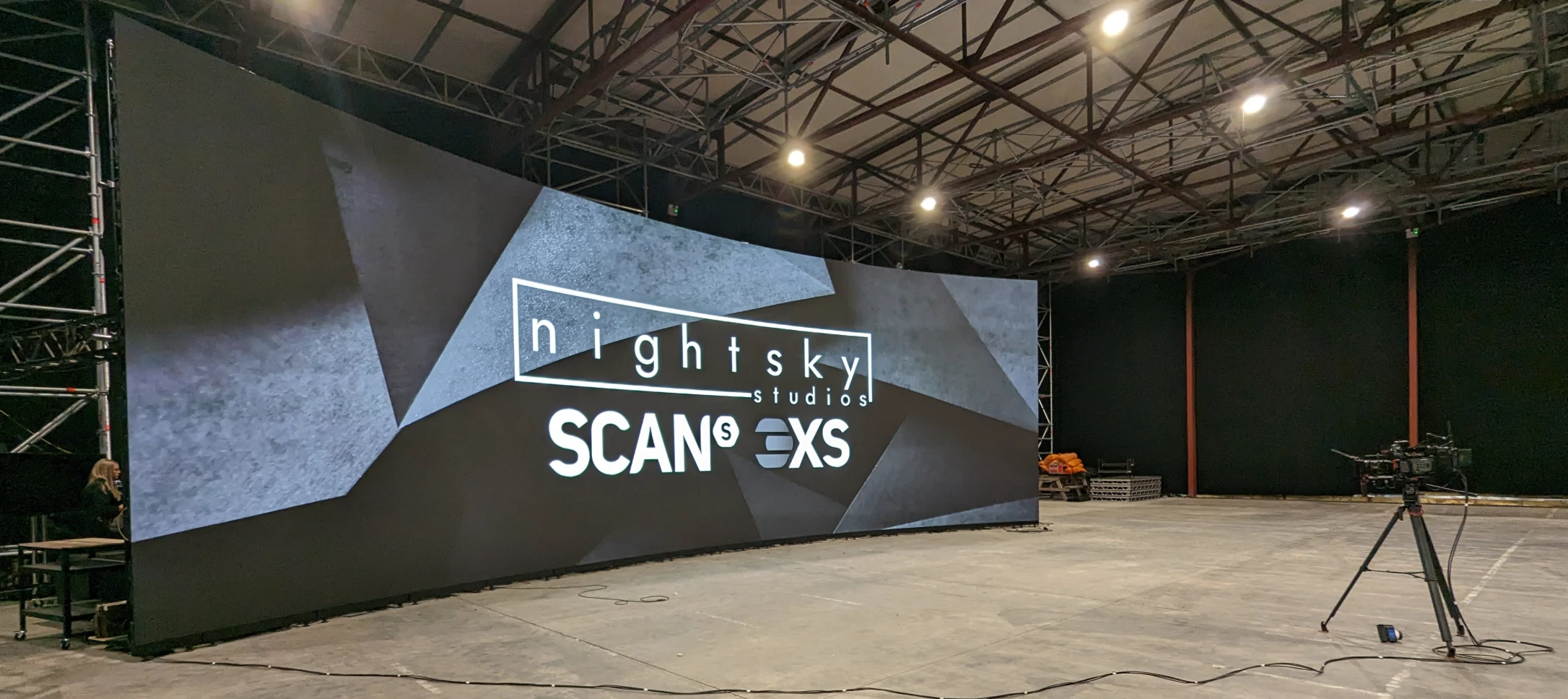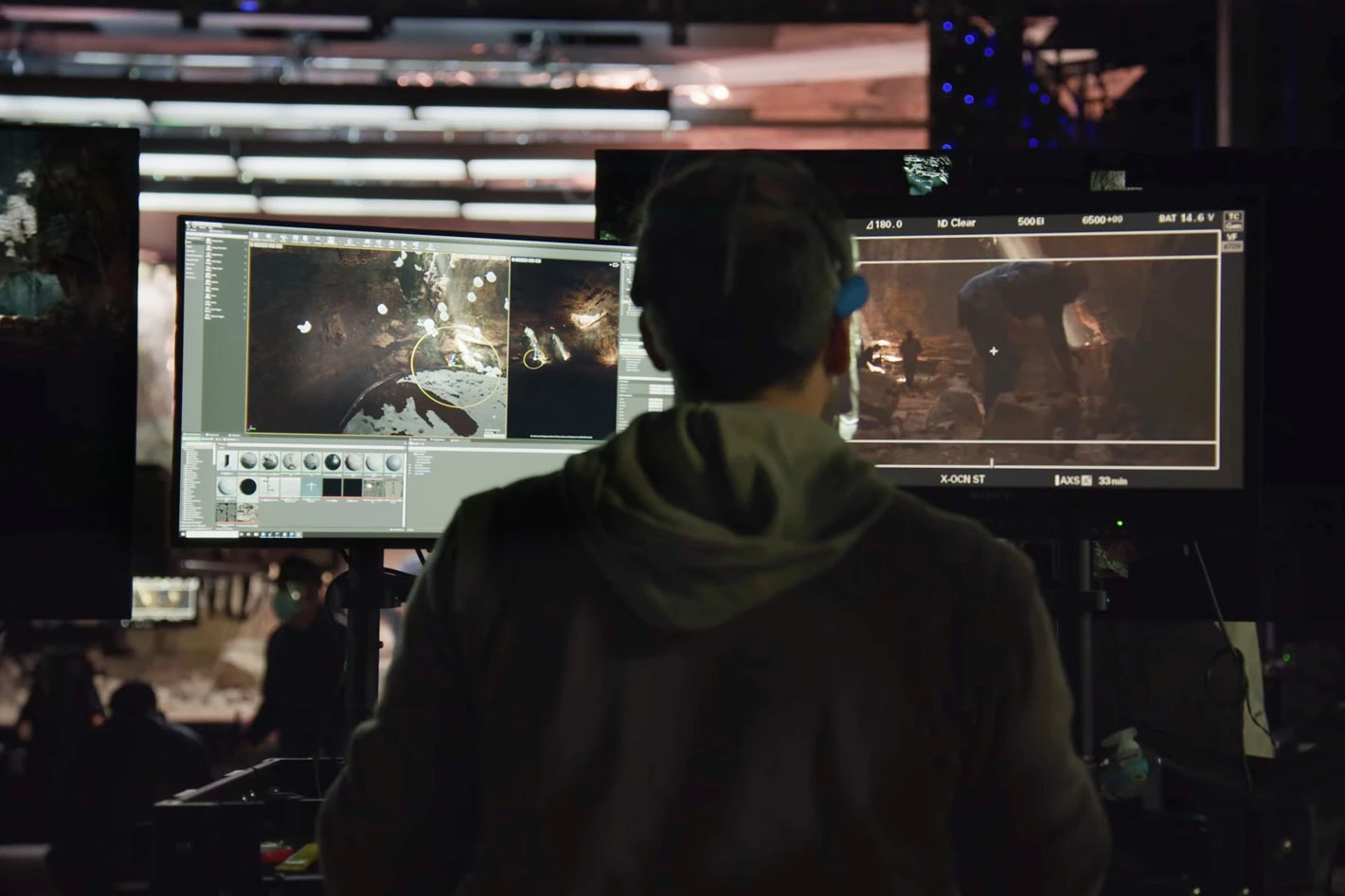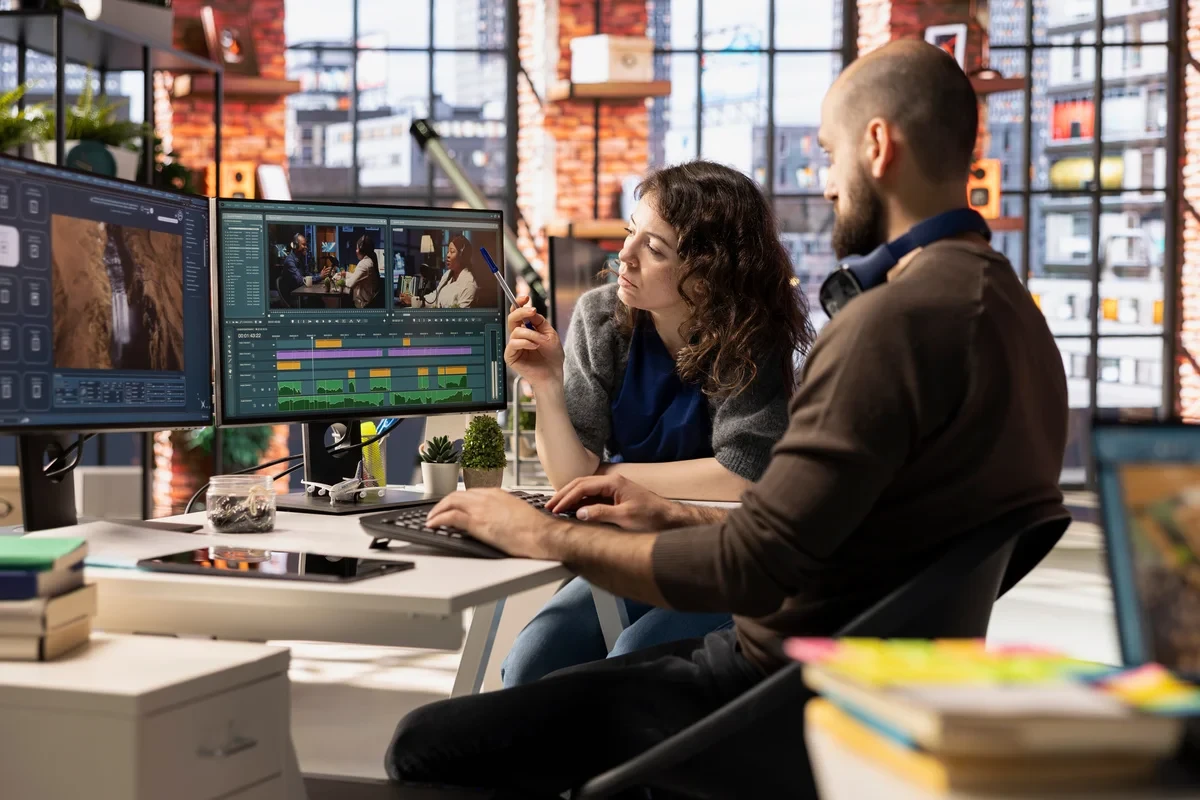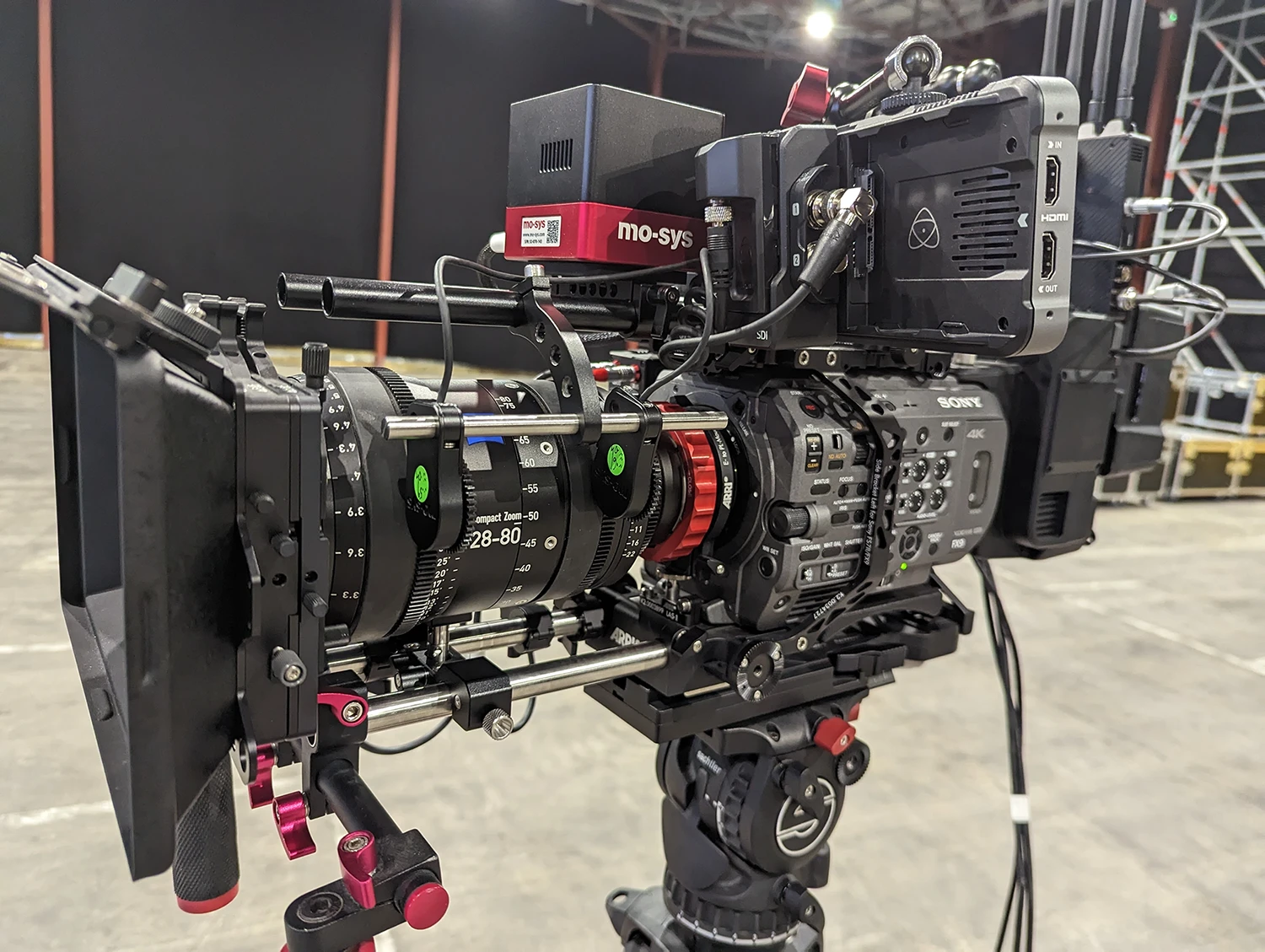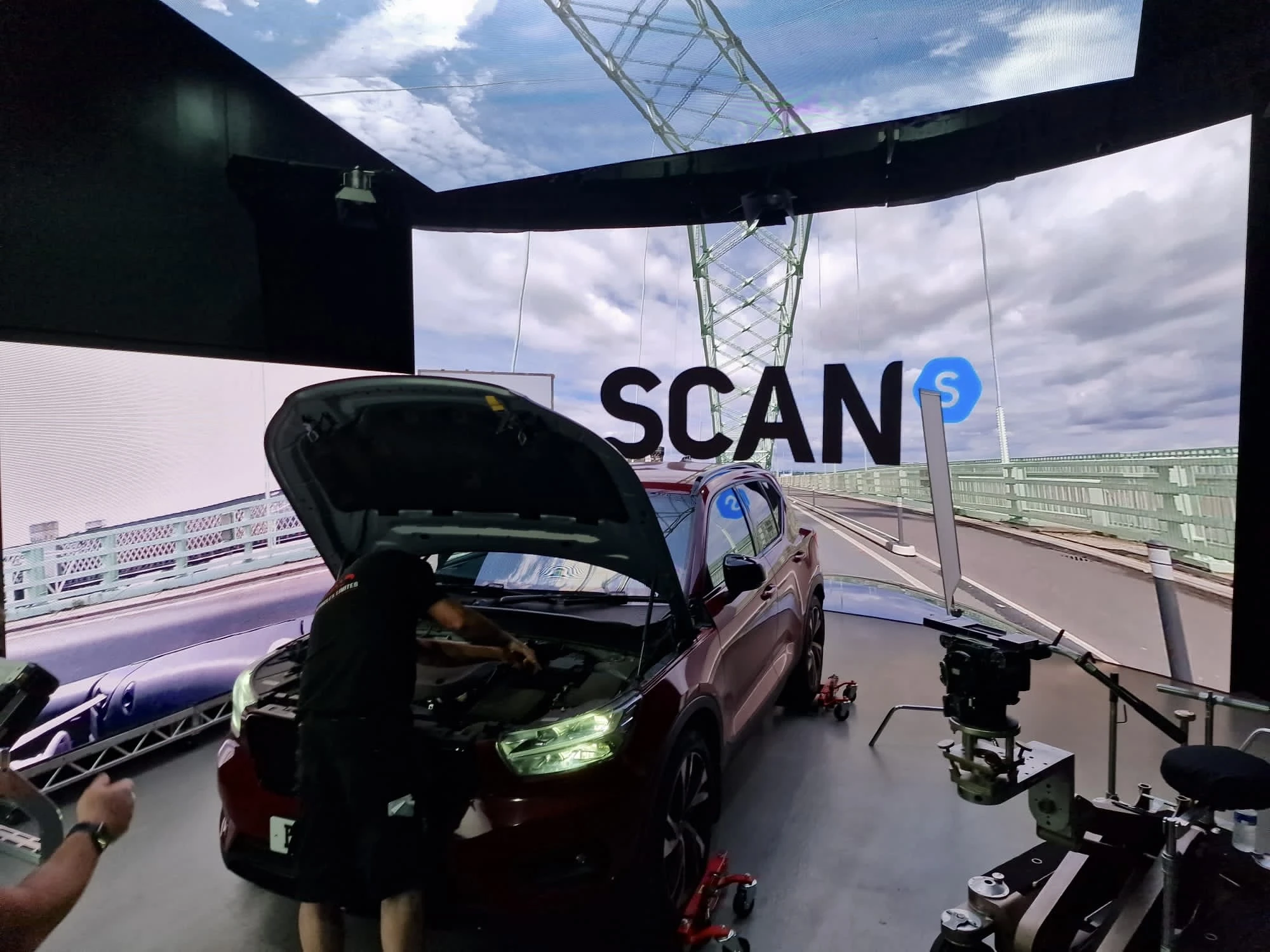Making Virtual Production Easy
Combining a long-standing expertise in delivering systems, camera equipment and LED hardware, Scan are uniquely positioned to provide all aspects of a virtual production setup. Having helped multiple studios, facilities and universities to adopt and expand virtual production workflows, Scan provides end-to-end solutions from consultancy, installation and training.
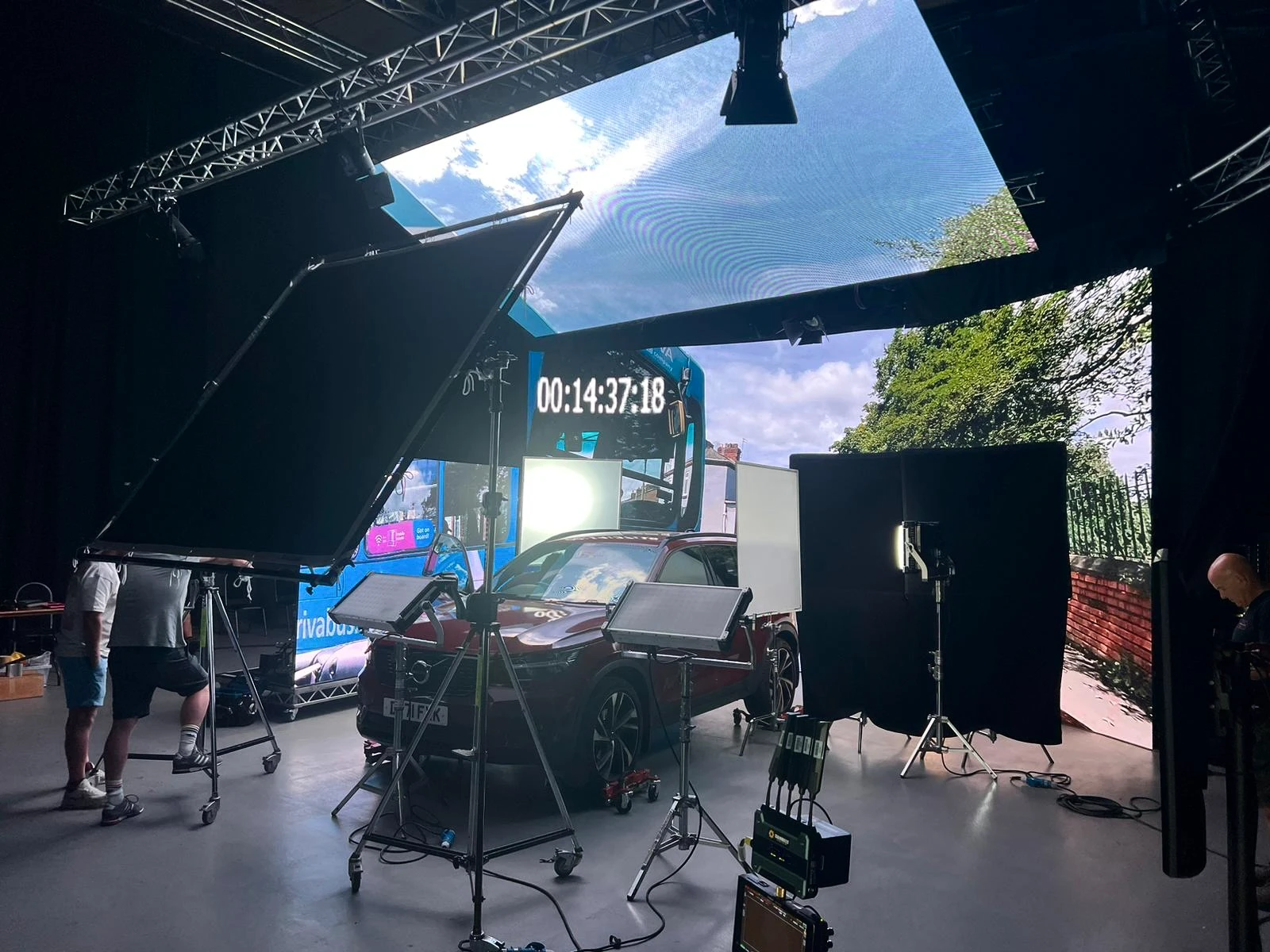
End-to-end Solutions
Backed by a strong network of technology partners and real-world success stories, we offer scalable solutions powered by 3XS Systems workstations, ensuring reliable, high-performance results, whether you're compositing in real-time or driving visuals across advanced LED walls.

